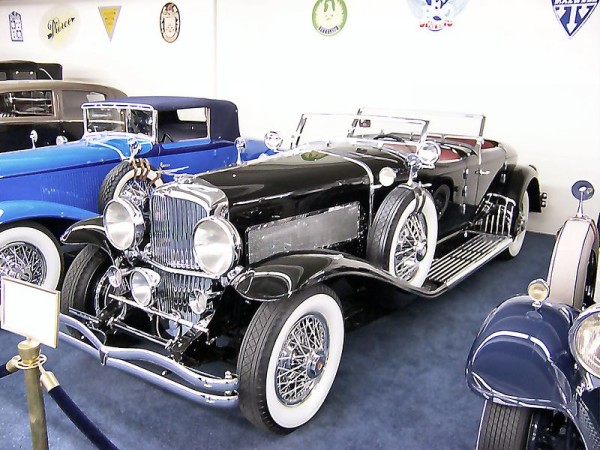The history of car safety probably started after the first recorded automobile fatality was recorded. The accident happened on August 31, 1869 in a town in Ireland where a woman lost her life. This event probably triggered the awareness and the need for vehicle and road safety to protect not only vehicle drivers but also pedestrians.
Hydraulic brake system: The first car safety device

The four-wheel hydraulic brake system in a Duesenburg model A was the first device incorporated in a car and considered as the first concrete reaction in the history of car safety. This brake system was introduced in 1922.
1930s marks the inclusion of more safety devices
A safety glass became a usual fixture on all Ford cars in 1930. Also in 1930, a plastic surgeon named Claire Straight and a physician named C.J. Strickland proposed the use of seat belts and padded dashboards. Strickland ended up founding the Automobile Safety League of America.
An important part of the history of car safety is the beginning of car safety tests. General Motors (GM) performed the first barrier crash test in 1934.
A back-up brake system was invented by Hudson Terraplane in 1936.
American Tucker was provided with the world’s first padded dashboard in 1947 which also included a middle headlight that turns in association with the steering wheel.
In 1949, Chrysler Crown Imperial became the first automobile to be equipped with standard disc brakes.
The UN was also part of the history of car safety after establishing the World Forum for Harmonization of Vehicle Regulations in 1958. The forum aims in the establishment of international standards for the advancement of auto safety. Most of the reliable life saving safety inventions such as the seat belts and the roll cage construction were made available in the market under its supervision.
Also in 1958, a Volvo engineer invented a three point lap and shoulder seat belt. The device became a standard apparatus on all Volvo cars in 1959.
The first optional headrests for the front seat came into existence in 1959.
The birth of the National Transportation Safety Board

In 1966, the US established the Department of Transportation (DoT) aiming to strengthen automobile safety. The National Transportation Safety Board was created in 1967 and later on known as National Highway Traffic Safety Administration (NHTSA). In 1979 the NHSTA began crash testing the popular cars and made public the results.
A law requiring seat belts in passenger cars was passed in 1984 in the state of New York.
Frontal offset crash tests started in 1995 while in 2003 side impact crash tests were started.
In 2009 NHTSA increased its standard for roof crush for vehicles weighing 6000 pounds or less.
Stricter rules for automakers
Many countries have strictly implemented car safety rules. Motor vehicle safety organizations work in coordination with their respective Department of Transportation to effectively carry out safety rules for drivers, passengers and pedestrians. Studies and researches help automakers to improve car safety features in their latest car models.
However, there are still more work to be done to ensure car safety at all levels. The World Health Organization (WHO) noted that road traffic injuries are now the main death cause of young people in the Global status report on road safety 2018.

The article states, “Frontal offset crash tests started in 1995 while in 2003 since impact crash tests were started..”
Shouldn’t the word “since” be “side”?